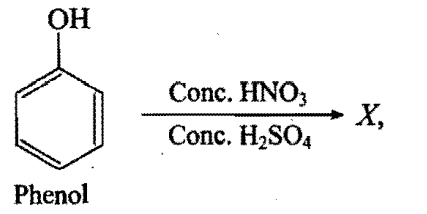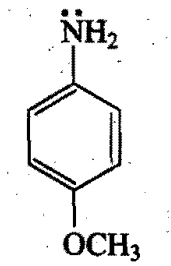Maths-
General
Easy
Question
Find the LCM of 11 and 6 :
- 6
- 66
- 23
- 11
The correct answer is: 66
LCM of 11 and 6:
As 11 and 6 has no common factor :
LCM of 11 and 6 = 11 × 6 = 66
Related Questions to study
Maths-
Convert 15 % into fraction :
Convert 15 % into fraction :
Maths-General
Maths-
What is the LCM of 8 and 15 :
What is the LCM of 8 and 15 :
Maths-General
Maths-
Find angle x and y :

Find angle x and y :

Maths-General
Maths-
What is the LC M of 9 and 18:
What is the LC M of 9 and 18:
Maths-General
Maths-
Find the GCF of 9 and 16 :
Find the GCF of 9 and 16 :
Maths-General
Chemistry-
The correct statement about the following disaccharide is:
I) 
II) 
The correct statement about the following disaccharide is:
I) 
II) 
Chemistry-General
Chemistry-
A carbonyl compound P, which gives positive iodoform test, undergoes reaction with MeMgBr followed by dehydration to give an olefin Q. Ozonolysis of Q leads to a dicarbonyl compound R, which undergoes intramolecular aldol reaction to give predominantly S.

The structures of the products Q and R, respectively, are:
A carbonyl compound P, which gives positive iodoform test, undergoes reaction with MeMgBr followed by dehydration to give an olefin Q. Ozonolysis of Q leads to a dicarbonyl compound R, which undergoes intramolecular aldol reaction to give predominantly S.

The structures of the products Q and R, respectively, are:
Chemistry-General
Chemistry-
Consider the following reactions I and II,
I) 
II) 
Products 'X' and 'Y' are respectively:
Consider the following reactions I and II,
I) 
II) 
Products 'X' and 'Y' are respectively:
Chemistry-General
Chemistry-
In which of the following cases, the nitration will take place at meta-position?
I) 
II) 
III) 
IV) 
In which of the following cases, the nitration will take place at meta-position?
I) 
II) 
III) 
IV) 
Chemistry-General
Chemistry-
The correct order of decreasing basicity of the following compounds is:
I) 
II) 
III) 
IV) 
The correct order of decreasing basicity of the following compounds is:
I) 
II) 
III) 
IV) 
Chemistry-General
Chemistry-
Phenol . gives two polymers on condensation with formaldehyde:

X and Y are :
Phenol . gives two polymers on condensation with formaldehyde:

X and Y are :
Chemistry-General
Chemistry-
 X and Yare:
X and Yare:
 X and Yare:
X and Yare:
Chemistry-General
Chemistry-
Chemistry-General
Maths-
Simplify : 2m-3 =17
Simplify : 2m-3 =17
Maths-General
Physics-
In the figure is shown Young’s double slit experiment. Q is the position of the first bright fringe on the right side of O. P is the 11th fringe on the other side, as measured from Q. If the wavelength of the light used is  , then
, then  will be equal to
will be equal to

In the figure is shown Young’s double slit experiment. Q is the position of the first bright fringe on the right side of O. P is the 11th fringe on the other side, as measured from Q. If the wavelength of the light used is  , then
, then  will be equal to
will be equal to

Physics-General



